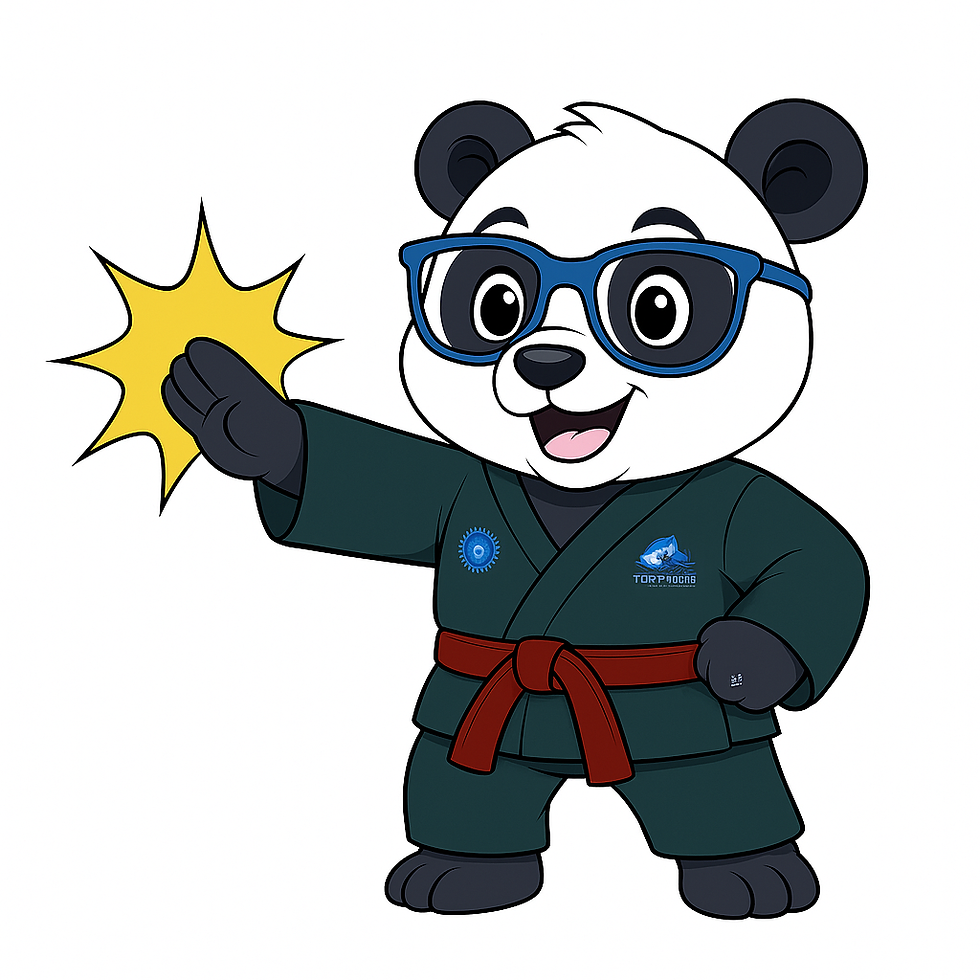What Are Reflex Arcs—And Why Do They Matter in Martial Arts?
- Jun 25
- 1 min read

Reflex arcs are one of the most overlooked, yet fascinating, components of how our nervous system works—and if you train in pressure point arts like Kyusho or Tuite, understanding them can make your techniques more effective with less effort.

In simple terms, a reflex arc is the pathway a nerve signal follows to create an automatic response to a stimulus. Unlike most reactions that require your brain to think and decide, reflex arcs bypass the brain entirely—moving straight from sensory input to spinal cord and back out through motor nerves. That’s what allows you to pull your hand away from a hot stove before you even realize it’s hot.
But here’s where it gets interesting for martial artists:
These same “shortcut circuits” can be manipulated.
When we strike or press certain nerve-rich areas of the body—like the brachial plexus or the inside of the forearm—we may trigger a reflex response. This can cause muscle contraction, inhibition, or even a sudden collapse depending on the type and intensity of the stimulus. Tuite (joint manipulation) often relies on leveraging these reflex loops to create a mechanical and neurological overload, making resistance nearly impossible.
There are two main types of reflex arcs relevant to what we do:
Monosynaptic reflexes – like the classic knee-jerk reaction. Fast, direct, and hard to override.
Polysynaptic reflexes – more complex, involving interneurons and often resulting in coordinated withdrawal or defensive responses.
Knowing where these reflex arcs run, and how to influence them through pressure, angle, and timing, opens a whole new level of efficiency in technique.
You’re not just “hurting” someone into submission—you’re tripping their built-in circuitry.





Comments